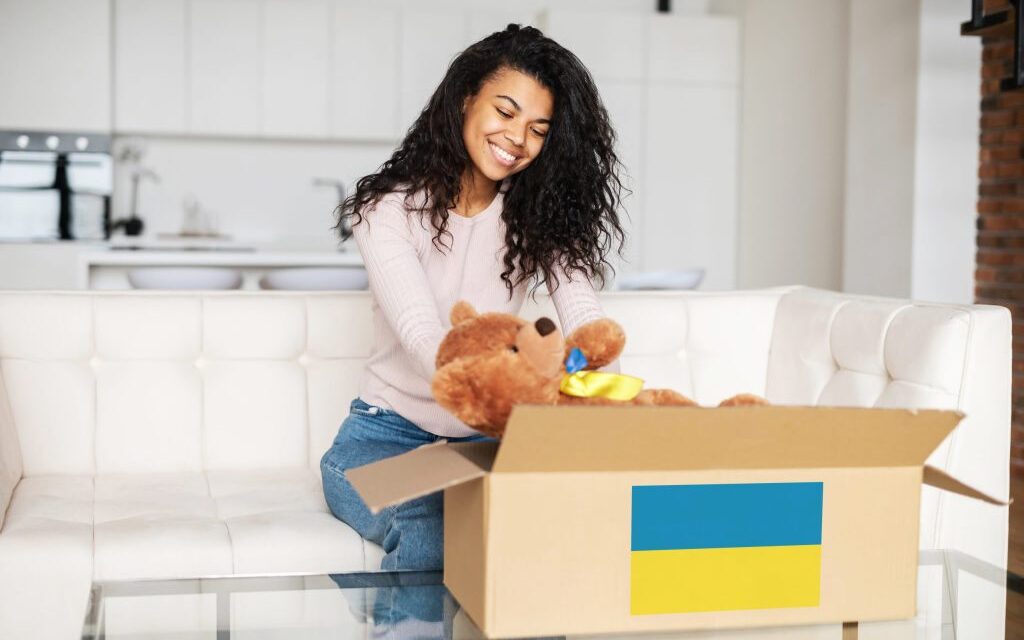
Photo: Vadym Pastukh via 123RF
For many families finding creative ways to save money and live sustainability have become top priorities. One innovative solution is the concept of a “Toy Swap.” A toy swap involves exchanging unused toys with other families. This practice saves money while promoting a sense of community, reducing waste, and encouraging a more mindful approach to consumption.
What Is a Toy Swap?
A toy swap is a simple yet effective way for families to exchange gently used toys. The process typically involves families coming together to trade toys their children have outgrown or lost interest in. The swap gives a new lease of life on toys that range from board games and dolls to video games and electronics. Participants then receive new-to-them toys without any additional purchases.
What Are the Benefits of a Toy Swap?
Cost Savings
A significant advantage of a toy swap is substantial cost savings. Children often outgrow toys quickly, and buying new ones can be expensive. Toy swaps offer a thrifty way to keep children entertained with new toys without constantly purchasing brand-new items.
Eco-Friendly
By participating in toy swaps, families help reduce the demand for new toy production, lessening the environmental impact of manufacturing and disposing of toys.
Community Building
Toy swaps foster a sense of community among families. Participants meet, interact, and share stories while engaging in an activity that benefits everyone involved. It’s a chance to connect with like-minded individuals and build relationships.
Teaching Values
Toy swaps teach children about sharing, giving, and reusing items. They learn the joy of giving to others.
Promoting Mindful Consumption
Toy swaps encourage families to be mindful of their consumption. Sorting through hardly used toys highlights the difference between genuine needs and impulsive wants.
Photo: dolgachov via 123RF
What are the Steps for Organizing a Toy Swap?
A successful toy swap requires some decision-making, planning, and organization. Here are the steps to consider when planning your event.
1. Define the Scope and Format
When defining the scope and format of the event, decide on the target audience, such as families with children of a specific age group. Will the event be in-person, online, or hybrid? Will it be a one-time event or a recurring activity? Also, decide whether you will require a pre-registration signup.
2. Select a Date and Venue
Choose a convenient date and time for the event. Then, secure a suitable venue to accommodate the expected number of participants and provide enough space for displaying the toys. This could be your home or a community space.
3. Establish Guidelines
When setting the guidelines for the event, determine the preferable condition of toys, including cleanliness, safety, and functionality. Set rules for the number of toys each participant can bring and take. Create a fair system for selecting toys to help mitigate any issues of unfairness. Decide whether there will be any restrictions on certain items, such as electronic or plush toys.
4. Promote the Event
Create promotional materials such as flyers and social media posts to spread the word about the toy swap. To reach potential participants, utilize local community centers, schools, online parenting groups, and social media platforms.
5. Communicate Instructions to Participants
Instruct participants to clean and sanitize their toys before the event. Encourage them to label or tag their items with relevant age ranges and descriptions. Remind them of the event date, time, and location.
6. Day of the Event
Arrange the venue with tables and signs categorizing toys by age group and type. Have a designated check-in area where participants can drop off their toys. Ask for volunteers to organize the toys as they come in, assist participants with finding suitable toys and help manage the event flow.
Start the event with a brief welcome and explanation of the guidelines. Establish a system for participants to take turns selecting toys, such as drawing numbers or using a rotation system
7. The Wrap- Up
Thank participants for attending and contributing to the event’s success. Decide how to handle leftover toys, such as donating them to a local charity and giving them back to the family who brought them. Be sure to collect participant feedback to improve future toy swap events and evaluate the event’s success.
Following these steps, you can create an enjoyable and efficient toy swap event that benefits participants and encourages a sense of community while promoting sustainable practices. So why not give it a try? Your child’s old toys could bring joy to another child, and you might find something special for your little one in return.

SPONSORED BY JPMORGAN CHASE
Learn more about JPMorgan Chase
The post Discover the Money-Saving Gift of Toy Swapping appeared first on AFRO American Newspapers .









